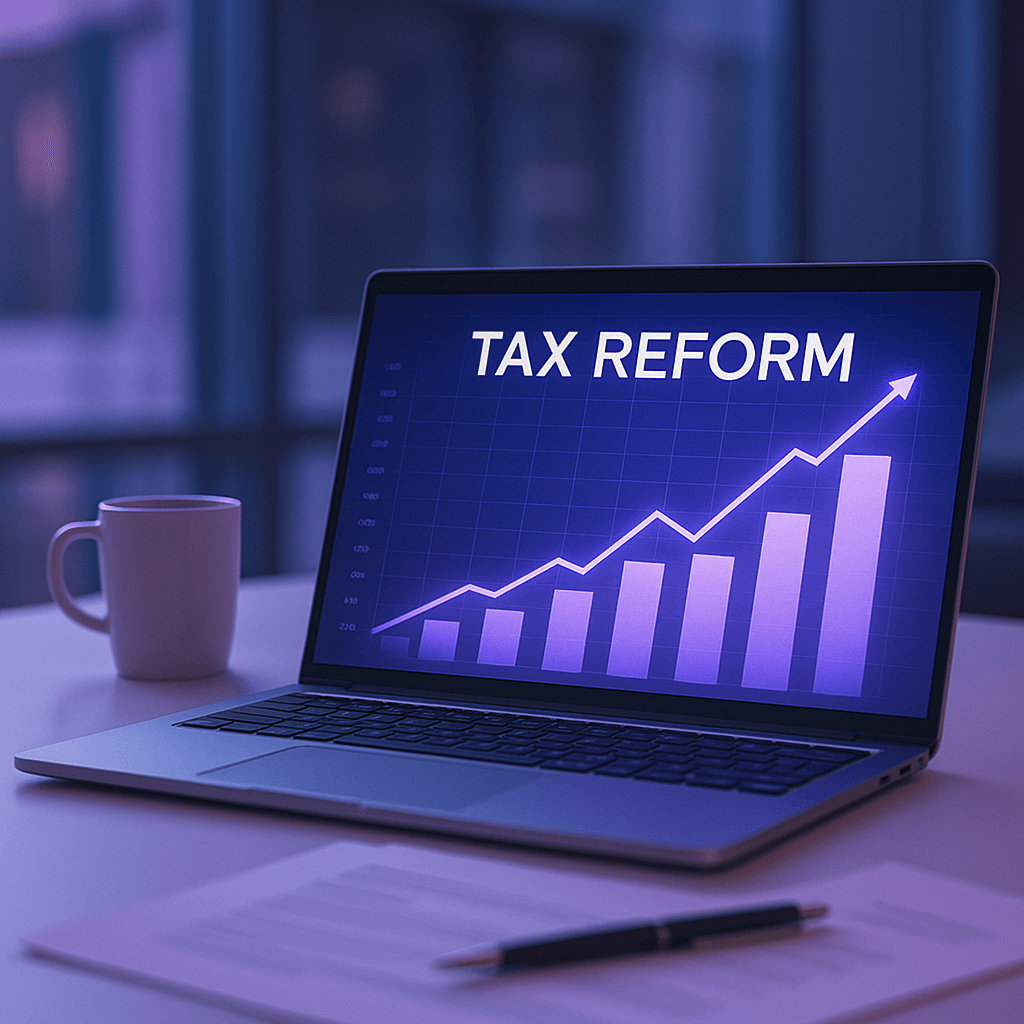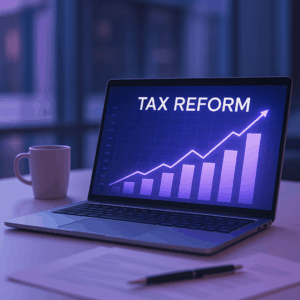Reverse Vesting, also called Reverse Stock Vesting or a Reverse Vesting Period, is a mechanism that allows a company to buy back shares from senior employees and founders.
The reverse vesting mechanism stipulates that a senior employee/founder/investor (hereinafter: the senior employee) can purchase shares at the beginning of their tenure with the company, unlike options which are typically exercisable only after a vesting period has concluded (for more information, it is recommended to read our additional articles on options, detailed below). However, it sets specific conditions under which the company can repurchase the shares during a certain period. Thus, the employee is required to wait out the vesting period defined in the agreement before they can ‘leave the company with all the purchased shares’ without restrictions. The mechanism defines the conditions and the period during which the company has the right to repurchase the employee’s shares, in whole or in part, as well as the price at which the company can repurchase the shares. After the period has ended and provided that the senior employee has met the objectives, the shares of the senior employee are no longer restricted and are owned without any limitations.
Reverse vesting is usually regulated in the founders’ agreement or in a separate agreement signed as part of a funding round in the company, and it protects the interests of the company, investors, and other shareholders.
This mechanism is designed to prevent situations where a senior employee who leaves the company benefits from a significantly larger shareholding compared to their responsibility for its continued growth, thus ensuring that voting rights are maintained with those who are actively responsible for its operations. In effect, this encourages employees/founders to remain with the company for a longer period. Venture capital firms are the most common users of this mechanism.
A common restriction on the senior employee’s shares in reverse vesting is the company’s right to repurchase upon termination of employment. It should also be noted that it is customary to cancel the reverse vesting mechanism in the event of an offering and sale of the company’s rights.
Reverse Vesting Tax
In 2017, the Israeli Tax Authority issued Circular 5/2017 (hereafter, “the Circular”) regarding retention mechanisms and restrictions on founders and key employees, which addressed the taxation related to the Reverse Vesting mechanism. The Circular sets cumulative conditions, which, if met, would still classify the operation of this mechanism as capital income rather than earned income. This classification is significant because while earned income could be taxed at marginal rates of up to 50% of the income, capital gains are subject to rates of only 25% to 30% (depending on whether the senior employee holds a substantial shareholding).
The conditions for capital gains tax despite the reverse vesting mechanism are detailed as follows:
- The mechanism must be predetermined and documented in writing either at the company’s inception or shortly thereafter (up to six months) or during a significant investment in which at least 5% of the company’s issued share capital is issued. If the mechanism is activated, only the company or other shareholders in the company can purchase the shares from that founder or key employee.
- The compensation for the purchase of the shares is their stated value or the price paid for them at the time of purchase.
- The shares of the founders or key employees are ordinary shares, identical in their rights to other shares of the same type.
Additional conditions are outlined in the circular.
Another question that arises is whether the application of the reverse vesting mechanism on shares is subject to capital gains tax at that time. According to Section 88 of the Income Tax Ordinance, a sale that is liable for capital gains tax is any action or event as a result of which an asset leaves a person’s possession. It could be argued that the application of the mechanism does not constitute a sale for tax purposes and therefore does not create a liability for capital gains tax, as in practice no asset has left the senior employee’s possession; the shares were in their possession before the mechanism was applied and remained so after the application of the Reverse Vesting mechanism.
Each case should be examined on its own merits, including all conditions related to the agreements and shares, in light of exposure to marginal (progressive) tax rates, especially if the conditions in the circular are not met. There may also be tax implications for the other shareholders. Contact us for a consult on issues of stock and options taxation.









